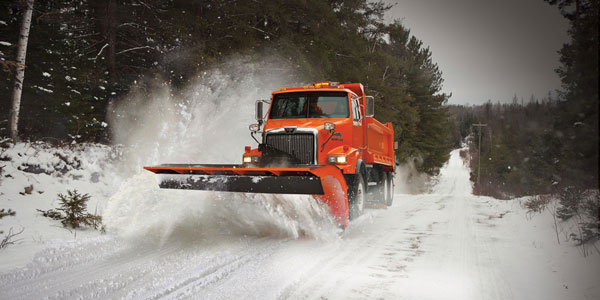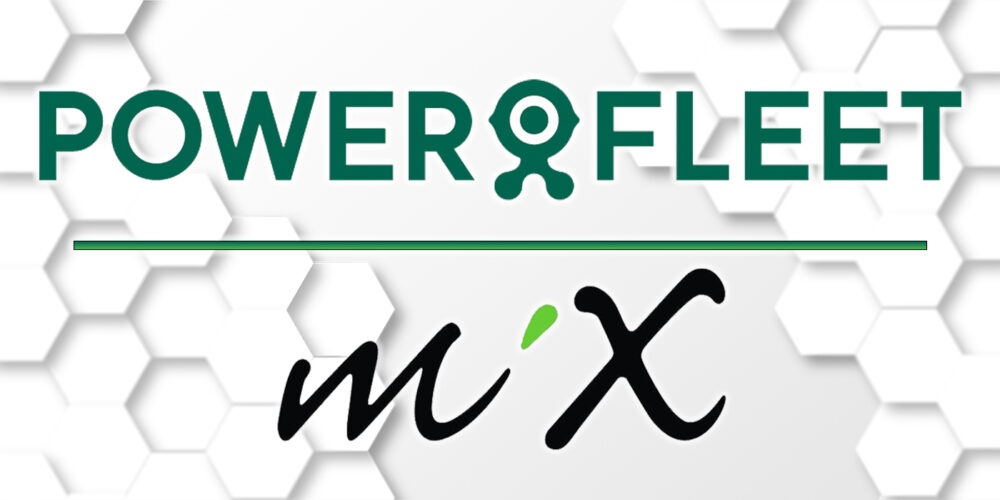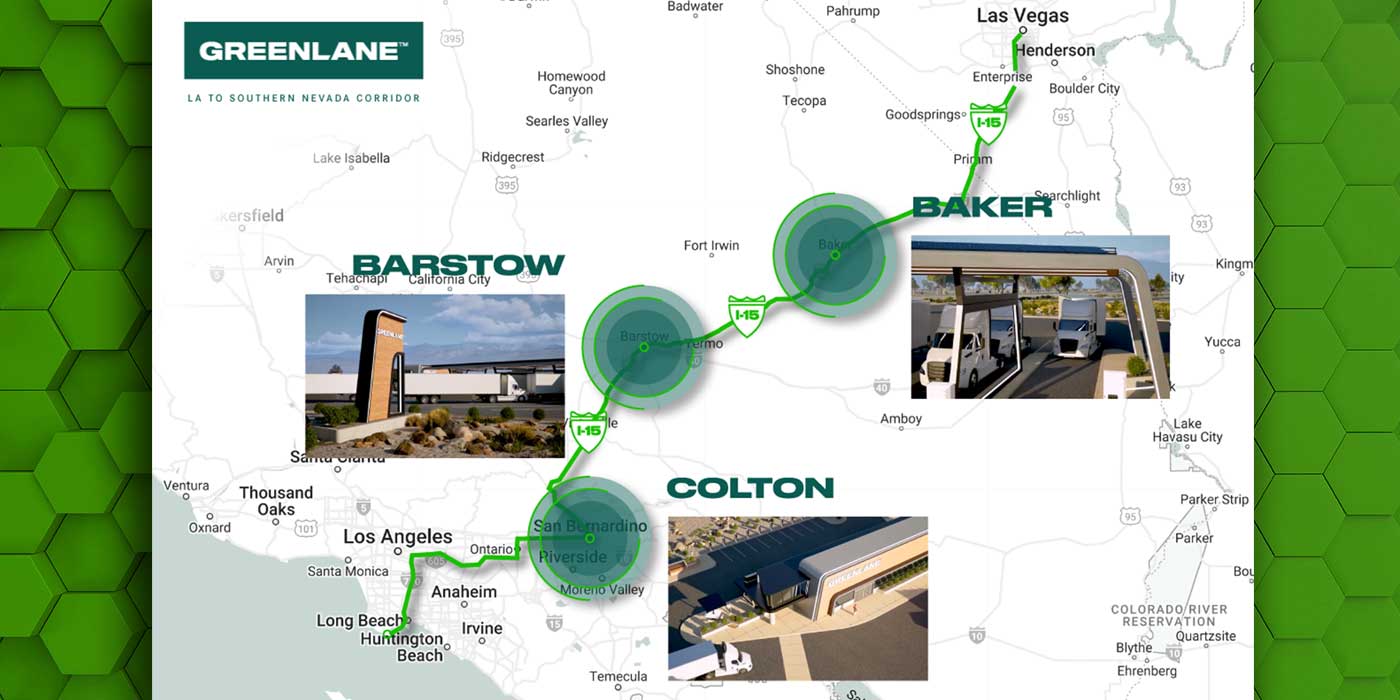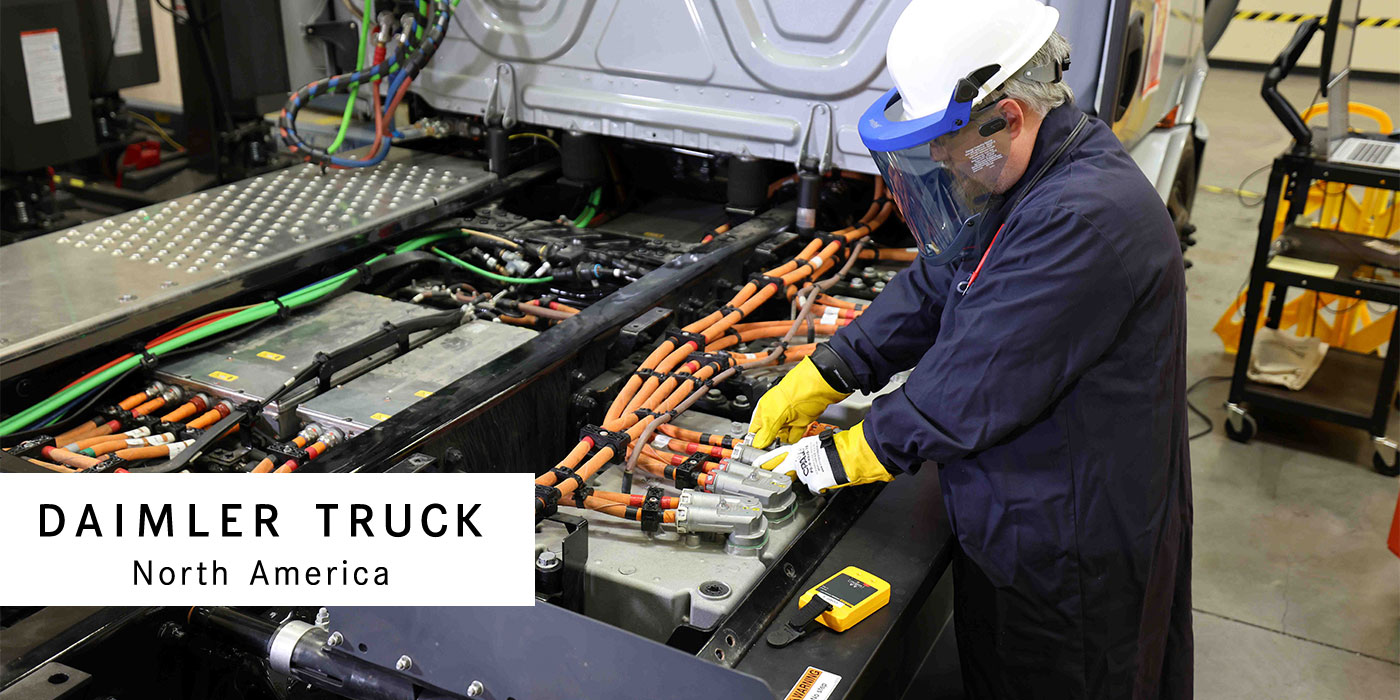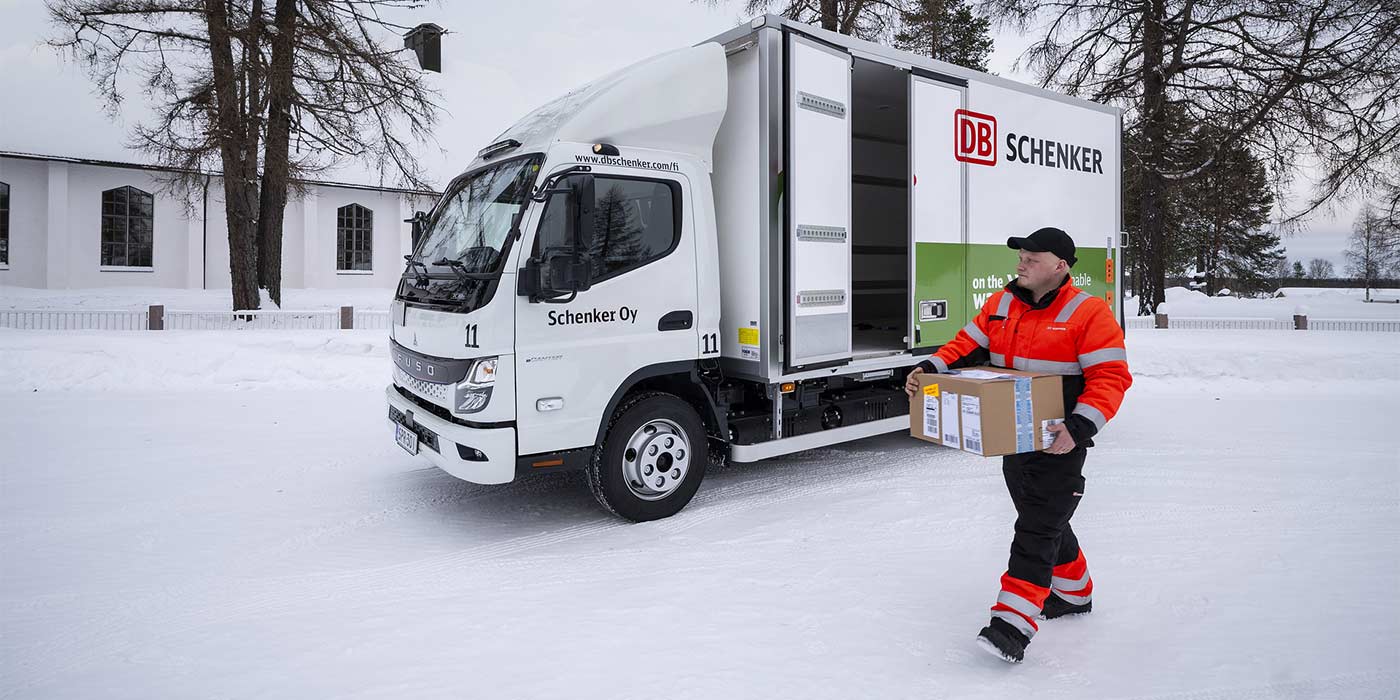Six months. Sixteen days. Eighteen hours.
That’s how long David Carson had held the title of Western Star president, and Daimler Trucks North America (DTNA) chief diversity officer, when he took the stage during a recently held press conference. Back in January, David stepped into his new office facing an industry outlook that was mostly positive. Since then, the economy has erupted with productivity. Now, standing in a packed room of North American journalists representing the U.S., Canada and Mexico, David laid out his vision of how Western Star will navigate the rapidly growing vocational markets, a segment that demands customized equipment.
“The customer can tell you what they need, but then you have to respond by having the product,” David said. “We’re agile enough to be oriented towards a unique situation with body builders to provide that customized business solution.”
Customization is something that David is extremely familiar with, as he was previously the Freightliner Customer Chassis Corp. (FCCC) president and chief executive officer. The difference is in application.
“At FCCC, we would say the most important part of the name is the ‘custom’ because it is very much a custom-designed product for the various customer segments. There might be standard build similarities, but there is a lot of unique complexity, and I would say Western Star is similar in that way,” he said.

While roughly 20% of Western Star builds are over-the-road on-highway trucks, led by its 5700XE, the majority of the OEM’s business falls into vocational segments, where the ROI of a truck is often measured in hard-working minutes as opposed to long-traveled miles. David’s strategy for serving vocational segments started with defining them. For that, he turned the stage over to Samantha Parlier, Western Star’s vice president of marketing and product strategy.
“How do you classify a vocational truck?” she mused as she mulled over industry assumptions such as time spent off road, PTO usage and a myriad of applications. Though a relatively new addition to Western Star, with a year under her belt in her current role, Samantha drew upon 20 years of industry experience and the collective expertise of the DTNA team to find the answer. “What we decided was that a vocational truck was designed, built and specified for a job, or series of jobs, and that the truck couldn’t be substituted by a rental linehaul or pick-up-and-delivery truck.”
Samantha boiled vocational down to builds with a good amount of variation within: dump trucks; heavy-haul trucks; snowplow trucks; crane trucks; concrete mixer trucks; vacuum trucks; and logging trucks.
Within those segments, Western Star estimates that their largest markets are logging applications (heavy-haul trucks), snowplow trucks and dump trucks. There’s plenty of room to grow in the other segments. For Western Star, the key to those markets is its dealer base whose customer relationships are built upon years, decades and even generations of providing dependable business tools in the form of Western Star trucks, David explained.
“Our dealers are more than just financially invested in our brand. They’re emotionally invested,” he said. “They’ve put their entire life, in some cases their families’ lives, into their business. The passion, the history and their commitment to make it successful in the future is absolutely limitless. I knew that they were loyal, but I have seen a level of passion in them that I’m not sure I’ve seen in other business environments.
“They make this very clear to me,” he continued. “They will say, ‘Hey, David, you work for a big company, and obviously, the interests of that company are important, but the dealership is our livelihood. This is everything for us. We see it as more than just a brand.’ I’ve been really impressed with that.
“The way I approach the dealer relationship is very open, very transparent. We are partners. We have to commit to each other to be partners. It’s not something you phone in or walk through the motions. You live it, and you demonstrate that your partners are your partners by the way that you work with them, you communicate with them, and you empower them to be a part of important decisions for the brand. So, that’s pretty important to me, for sure.”

